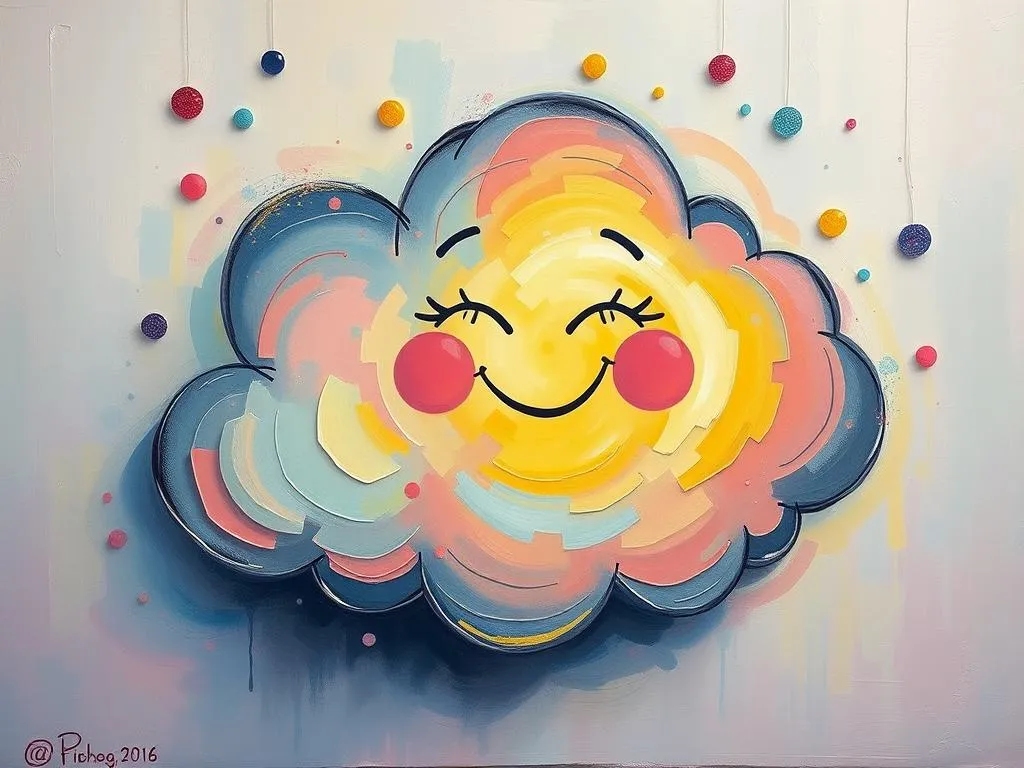
Introduction
Dreams have always captured the human imagination, serving as a window into our subconscious. They often present a rich tapestry of symbols and narratives that can illuminate our thoughts, fears, and desires. Among the myriad types of dreams, certain symbols recur frequently, resonating with universal themes and personal experiences. This article delves into the symbolic nature of dreams, illuminating how these symbols can reflect both individual and collective psychological states. Understanding dream symbolism not only helps us unravel the hidden messages within our dreams but also offers insights into our waking lives, making it an intriguing pursuit for anyone seeking self-discovery and growth.
Symbolism and Meaning
Dream symbols can vary widely in interpretation, often influenced by cultural, personal, and contextual factors. One of the most common symbols in dreams is water, which represents emotions and the unconscious mind. Calm waters may signify peace and contentment, whereas turbulent waters often indicate emotional turmoil or conflict. Reflecting on your feelings about water in waking life can provide additional context—do you find it soothing, or does it evoke fear?
Another prevalent symbol is flying, which is often associated with freedom, ambition, and the desire for escape. To fly effortlessly can suggest a sense of liberation and control over one’s life, while struggling to gain altitude may reflect feelings of restriction or anxiety about achieving one’s goals. The sensation of flight can also be a metaphor for rising above challenges, thus embodying personal growth.
Chasing is another powerful dream motif. Being chased in a dream often symbolizes avoidance—something in your waking life may be demanding your attention, yet you feel compelled to run away. The identity of the pursuer can add layers of meaning; for instance, if the chaser represents an authority figure, it might reflect feelings of inadequacy or fear of judgment.
Houses in dreams typically symbolize the self. Different rooms can represent various aspects of your personality or life circumstances. For instance, a cluttered basement might reflect unresolved issues or repressed memories, while an attic can symbolize higher consciousness or untapped potential. The condition of the house can also reveal how you perceive your own life—well-kept spaces might suggest stability, while dilapidated ones could indicate neglect or a need for self-care.
As we analyze these symbols, it becomes clear that they often serve as mirrors, reflecting our inner worlds and emotional states. Their meanings can shift based on the dreamer’s experiences, making personal reflection an essential component of dream analysis.
Key Scenarios and Variations
Dreams can manifest in a multitude of scenarios, each adding unique nuances to their interpretation. For instance, envision a dream where you find yourself lost in a forest. This scenario might indicate a feeling of confusion or being overwhelmed in your waking life. The density of the trees may symbolize the complexities or obstacles you face, while finding a path or clearing could represent a breakthrough or newfound clarity.
In contrast, consider a dream where you are in a crowded room, yet you feel entirely isolated. This scenario could reflect feelings of loneliness or disconnection, even when surrounded by others. The dynamics of the crowd can further influence the interpretation; a joyous gathering may evoke feelings of envy or longing for connection, whereas a tense environment might heighten feelings of anxiety or vulnerability.
Another variation might involve falling, a common dream experience linked to loss of control or fear of failure. Falling can represent the fear of not achieving your goals or losing stability in life. However, the context is crucial; if you fall and then fly, it may signify a transformation—overcoming fears and rising above challenges.
Revisiting past experiences in dreams is another significant variation. Dreaming of an ex or a childhood home can evoke nostalgia, unresolved feelings, or a longing for simpler times. The emotions tied to these memories can provide clues about your current emotional state, revealing what aspects of your past still influence your present.
By examining these various scenarios, we can see how the context and emotional undertones can drastically alter the meaning of dream symbols. Each scenario serves as a narrative thread, weaving together the dreamer’s experiences and emotions into a cohesive story that reveals deeper truths.
Real-Life Connections and Takeaways
Connecting dreams to real-life situations can be both enlightening and therapeutic. To harness the insights from your dreams, consider beginning a dream journal. Documenting your dreams upon waking allows you to capture fleeting images and emotions that might otherwise fade. Over time, patterns may emerge, revealing recurring themes or symbols that resonate with your waking life.
When reflecting on a dream, ask yourself probing questions. What emotions did you feel during the dream? How do those emotions relate to your current experiences? For example, if you dreamt of flying but felt anxious, it might indicate that while you desire freedom or success, you are grappling with self-doubt or fear of inadequacy.
Engaging in self-reflection is key. Take a moment to meditate on the symbols and scenarios present in your dreams. How do they connect to recent events, relationships, or personal challenges? This introspection can provide valuable insights into your emotional landscape, empowering you to address unresolved feelings or take proactive steps in your waking life.
Consider sharing your dreams with a trusted friend or therapist. Discussing your dreams can lead to new perspectives and interpretations you may not have considered. Sometimes, external viewpoints can help highlight connections that are obscured by personal biases or emotional blind spots.
Moreover, practice mindfulness in your daily life. Being present can enhance your awareness of the emotions and experiences that influence your dreams. By cultivating a deeper understanding of your thoughts and feelings, you can create a more profound connection between your dreams and waking life.
In conclusion, dreams are a rich source of insight and self-discovery. By exploring the symbolism and scenarios presented in our dreams, we can uncover hidden truths about ourselves and navigate our waking lives with greater awareness and intention. Embrace the journey of understanding your dreams, and let them guide you toward a deeper connection with your inner self. Reflect on them, learn from them, and allow them to inspire personal growth and transformation.







